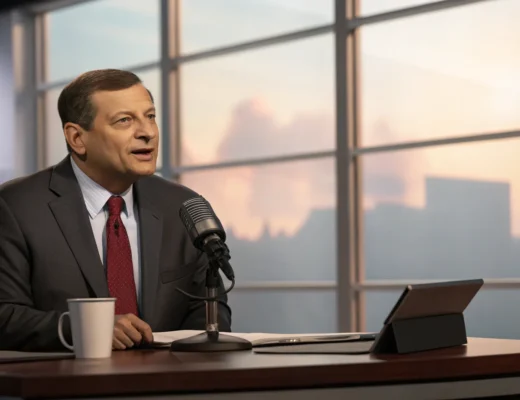The recent small-cap rally has caught the attention of investors and analysts alike.
In the past week we've seen the biggest short-term Small Cap outperformance in history.
Is this a signal of the long-awaited change in leadership?
Video discussion: https://t.co/04nZJd6isB pic.twitter.com/fzZxBxfSpn
— Charlie Bilello (@charliebilello) July 18, 2024
Dave Nadig, an ETF journalist and financial futurist, sees this as a diversification trade rather than a rotation from winning growth trades. “We’re seeing flows into everything, and that to me means people are looking to get a little bit broader in their exposure which is smart in an election year,” Nadig said.
He believes broadening exposure in portfolios helps absorb volatility in the months leading up to presidential elections.
There are now about 3 times as many stock mutual funds and ETFs in the US as there are publicly traded equities.
Where have all the stocks gone?
Video discussion: https://t.co/HK3ihY9gvS pic.twitter.com/8K8VnA495S
— Charlie Bilello (@charliebilello) July 18, 2024
Nadig notes that investors are buying value, defensive sectors, and small caps, but they haven’t stopped buying other things as well. “I think this is money coming in from that giant bucket of money markets that we know is sitting out there,” he added.
However, Nadig thinks it’s too early to determine whether the upside in the small-cap trade is sustainable.
On Monday, more than 50% of Russell 2000 stocks reached a 21-day high, a feat achieved only 24 times since 1979. Precedents that occurred when the small-cap index closed at a 2-year high, like now, resulted in a 100% win rate for the Russell 2000 and S&P 500. pic.twitter.com/YNGp3iZeWN
— SentimenTrader (@sentimentrader) July 18, 2024
“If we have a sustained rally in small caps, and by sustained, I mean, like we have two or three months where small caps of all varieties are clearly beating the pants off large caps, then I think you’ll see a ton of money chase that performance that always happens,” he said.
Small-cap investors eye diversification
Anna Paglia, who develops global ETF strategies for State Street Global Advisors, sees expectations for interest rate cuts as a catalyst for strength in sector laggards. “Investors are really getting comfortable with risk, and there will be momentum,” said Paglia, the firm’s chief business officer. However, Paglia doesn’t see investors tapping into their money market accounts because people want cash for a reason.
“Most of it is sticky. I don’t suspect this big wave coming out of cash,” she said. “I don’t think there will be this huge wave of investors coming out of money market funds and reallocating to the stock market or ETFs.”
The Russell 2000, which tracks small caps, fell 0.6% on Friday but gained almost 2% for the week.
The index is now up almost 8% over the past month but has been largely flat since President Joe Biden took office in January 2021. As the small-cap rally continues, investors keep a close eye on the market to see if this trend will persist or if it’s just a temporary shift in investor sentiment.
Will the market change with Joe Biden out?







